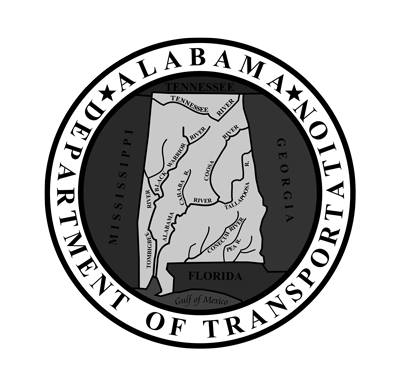
The Difference Between Best-First and Worst-First Pavement Preservation
Mike Harper is a retired professional engineer (PE), previously with the State of Alabama’s Department of Transportation (ALDOT). This state agency oversees statewide transportation through all modes of travel. ALDOT employs approximately 4,000 people and utilizes federal, state, and local funds. Using a proactive “best-first” approach to pavement, the department created long-lasting and well-maintained roads.
The Problem
Traditional road maintenance often follows a “worst-first” approach. This means towns and public works organizations focus their time and energies on repairing the most severely damaged roads. While this strategy may seem practical on the surface, it can lead to significant long-term costs. By neglecting well-maintained roads, they eventually deteriorate. When this happens, more extensive and expensive repairs are warranted.
The Solution
Mike champions a “best-first” approach, which prioritizes the preservation of good roads. By applying preventive treatments like HA5 to roads in good condition, crews can extend the roads’ lifespan and delay the need for costly reconstruction.
A Best-First Approach
The proactive “best-first” approach makes roads last longer. This strategic approach leads to cost savings because there’s less need for long-term maintenance. Residents benefit from improved road performance and tend to report a more enjoyable ride, less noise pollution, and safer conditions.
In Mike’s estimation, HA5 delivers on all fronts for ALDOT’s needs.
“Surface treatments are a very good tool for pavement preservation,” he said. “The problem with them, in most cases, is the public’s acceptance of the ride. The HA5 material, from what I have observed, gives you a smooth ride. And it’s black and looks like an asphalt paving layer.”
HA5 is a High Density Mineral Bond. It’s a powerful tool in pavement preservation and offers several advantages. For one, HA5 provides superior protection against UV radiation, water infiltration, and oxidation. HA5 is designed to slow the factors that cause environmental asphalt oxidation, ensuring the underlying pavement stays in good shape for longer, which in turn saves taxpayer money.
“I recognized that some cores taken in pavements that had been treated at the proper time were still black in color,” Mike said. “They were still performing as they were designed. When I looked at the cores on many pavements in the past, a lot of them had grayed. That meant that your light oils, flexibility, and pavement had deteriorated. I saw that the cores from some of the HA5 treatments at the proper time were still black. This meant your light oils were there. From a flexibility standpoint, they were still performing as they were designed to prevent cracking that would normally occur in a pavement.”
Cracking speeds up the process of asphalt degradation. As cracks grow, more water and UV rays can penetrate deeper into the asphalt and could eventually reach the subgrade and create a pothole. Once asphalt starts cracking, maintenance typically becomes more expensive. In short, keeping the road flexible helps keep it in better shape for longer and avoids costly repairs later on.

HA5: Supporting Longevity and Sustainability
Of course, the best way to manage potholes is to keep the pavement well-maintained. However, funding for many agencies is tight, and there’s often a lot of infrastructure to repair. If you ask Mike, it’s a question of pay now or pay more later.
Data from the Indiana Department of Transportation supports this claim. Preservation and maintenance activities can translate to significant savings for taxpayers. A lane mile of highway costs millions to build. Restoring a road can cost as much as 10 times more than maintenance. For example, just $1 spent on maintenance can save $6 to $14 on future repairs.
By embracing a “best-first” approach and relying on innovative technologies like HA5, Mike is confident that agencies like ALDOT can ensure the longevity and sustainability of its infrastructure.
Contact Holbrook Asphalt to learn how HA5 can help you achieve your pavement preservation goals. Want to learn more about how other communities have benefited from HA5? Check out our additional case studies.
Related Case Studies
Georgetown, Texas is located just 30 miles north of Austin and is well known for its historic architecture, vibrant community, and natural beauty. The city recently underwent a massive expansion of its road network, growing from 210 lane miles to 675 in a few short years.
Like many other cities, North Salt Lake faces rising costs around maintaining its road network. With limited budgets and a need to extend the lifespan of its streets, the city’s public works and engineering departments searched for a more cost-effective approach to road preservation.
When Lake Havasu City Councilwoman Nancy Campbell campaigned for office, she made roads a cornerstone of her platform. As both a council member and chair of Arizona’s Rural Transportation Advocacy Council, Campbell understood the critical importance of infrastructure to community safety and economic vitality.
